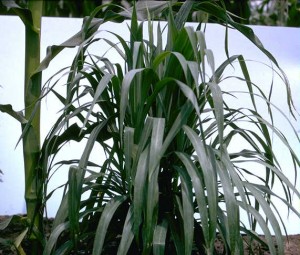People who can actually get the general public interested in science are almost as rare as hen’s teeth.* One of those gifted scientist-communicators is Olivia Judson, an english evolutionary biologist who sometimes writes a column for the nytimes and published an interesting/hilarious pop-science book titled: Dr. Tatiana’s Sex Advice to All Creation: The Definitive Guide to the Evolutionary Biology of Sex.**
I mention all this to explain why I was so excited to learn that her post this week sings the praises of a group of species near and dear to my heart, the grasses. The whole post is definitely worth a read. Even if you don’t learn something you didn’t already know, read it as a source of inspiration for telling OTHER people how cool grasses are. And the closing is truly excellent:
We usually talk of our domestication of grasses, and the ways in which we have evolved them: we have made plants with bigger, more nutritious seeds that don’t fall to the ground, for example.But their effect on us has been far more profound. Our domestication of grasses, 10,000 years ago or so, allowed the building of the first cities, and marks the start of civilization as we know it. Grasses thus enabled the flowering of a new kind of evolution, a kind not seen before in the history of life: the evolution of human culture.
Some of the comments are heart warming to read as well, although a bunch of people have fallen prey to the maize/corn confusion. (Explained in detail here)
*Speaking of cool science that most of the general public doesn’t know about: We’ve known for more than four years that mutations of the gene talpid2 in chickens cause chicken embyros to develop teeth, something we thought birds had lost the ability to do 60-80 million years ago (around the same time grass was bursting onto the world stage.) Don’t worry too much about getting bitten by a sabertoothed turkey, the toothed embryos have other problems that mean they don’t survive.
**There’s also a three-part video series based on the book that I can best describe as … odd.
